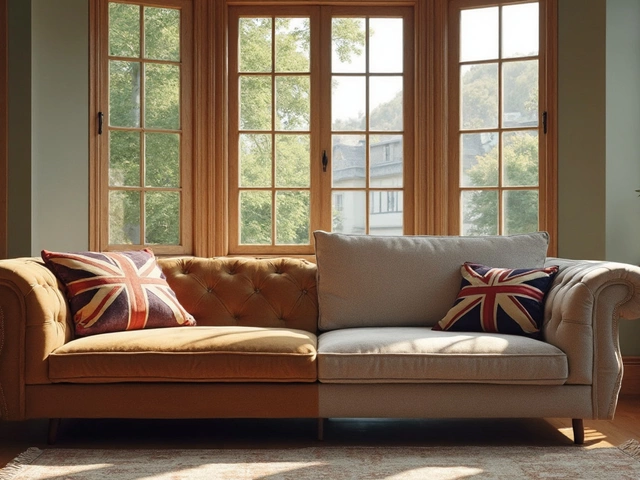Furniture Markup: How to Price Custom Pieces for Profit
Ever wondered why some custom furniture shops charge more than others? It all comes down to markup – the extra amount you add on top of your real costs. Getting markup right means you cover material, labor, and overhead, while still making a healthy profit. Let’s break down a simple method you can start using today.
Start with Your True Costs
First, add up every expense that goes into a piece. Split them into three buckets:
Material costs – wood, metal, fabric, hardware, finishes, and anything you buy for the job.
Labor costs – the time your craftsmen spend cutting, assembling, sanding, and finishing. Multiply hours by an hourly rate that includes wages, taxes, and benefits.
Overhead – rent, utilities, tools, insurance, and a slice of admin time. A common trick is to take your monthly overhead, divide by the number of projects you complete, and add that amount to each piece.
For example, a coffee table might cost £150 in wood, £200 in labor (4 hrs @ £50/hr), and £50 for overhead. Total cost = £400.
Choose a Markup Percentage That Works
Now decide how much extra you need. Markup rates vary by market and product type. A typical range for bespoke furniture is 30‑60%.
If you apply a 40% markup to our £400 coffee table, you add £160 and charge £560. The extra £160 covers profit and gives you room for unexpected expenses.
Keep these tips in mind when picking a percentage:
- Higher‑end pieces with unique design can often bear a 50‑60% markup.
- Standard items like basic shelves might need only 30‑35% to stay competitive.
- Watch local competition – if nearby shops price similar items at £500, pushing yours to £560 could be risky.
Adjust your markup based on client budgets, design complexity, and how quickly you need to sell the item.
Another useful approach is the “cost‑plus” method: add a fixed profit margin (say £100) on top of total cost, then see if the final price feels right. This works well when you have a clear idea of what profit you need for each job.
Don’t forget to factor in taxes. In the UK, you’ll need to include VAT if you’re VAT‑registered. That means adding 20% on top of your final price, but you can also reclaim VAT on your material purchases, so run the numbers carefully.
Finally, write down your markup formula in a simple spreadsheet. List each cost component, apply the chosen percentage, and the spreadsheet will instantly give you the selling price. This saves time and keeps your pricing consistent across projects.
By mastering furniture markup, you’ll stop guessing and start charging confidently. Your customers get transparent pricing, you protect your margins, and your business grows sustainably. Ready to try it out? Grab a spreadsheet, plug in your next project’s numbers, and see the profit appear.



